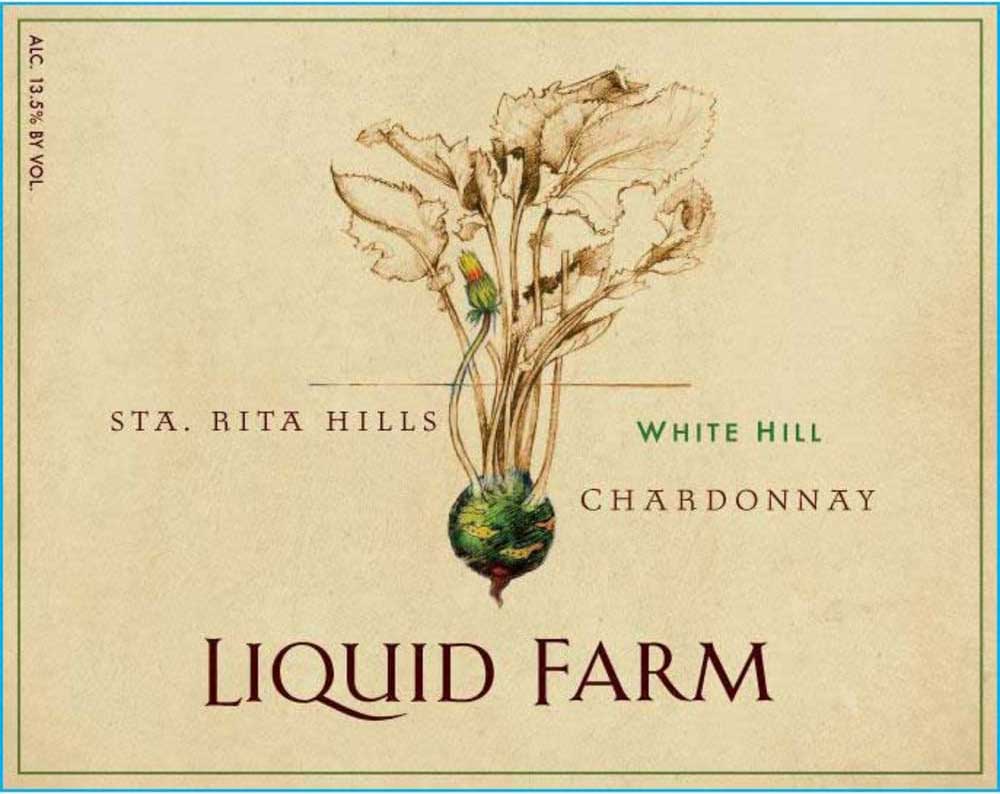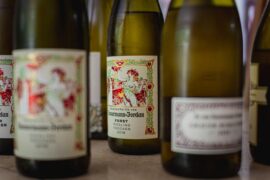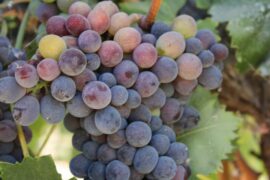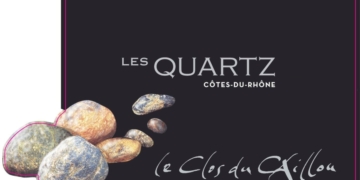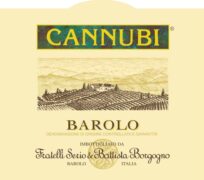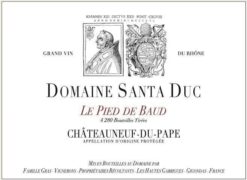When selecting a wine, one of the most important factors to consider is whether it’s dry or sweet. This distinction refers to the wine’s level of residual sugar, which directly affects the flavor profile and how it pairs with food.
Dry Wine: Low Residual Sugar
Dry wines have little to no residual sugar, meaning the majority of the grape sugars are converted into alcohol during fermentation. This results in a wine that isn’t sweet, and often emphasizes other characteristics like acidity, tannins, and fruitiness. Common examples of dry wines include Cabernet Sauvignon, Merlot, Sauvignon Blanc, and Chardonnay. Dry wines are versatile and pair well with a wide range of foods, from grilled meats to roasted vegetables.
Sweet Wine: Higher Sugar Content
Sweet wines, on the other hand, retain more residual sugar, which gives them a noticeably sweet taste. This can be achieved by stopping the fermentation process early or by using grapes with naturally high sugar levels, such as in Moscato, Riesling, or Port. Sweet wines are typically enjoyed with desserts or as an aperitif, balancing out rich, salty, or spicy flavors.
Tasting the Difference
When tasting wine, dryness can also be perceived as a feeling rather than just taste. A dry wine may feel crisp or astringent, while sweet wines leave a smooth, sugary finish. For those new to wine, starting with medium-dry options like Rosé or off-dry Riesling can provide a balanced introduction to both worlds.
Choosing between dry and sweet wine depends on personal preference and food pairing, but understanding the basics makes it easier to find the perfect bottle for any occasion.



